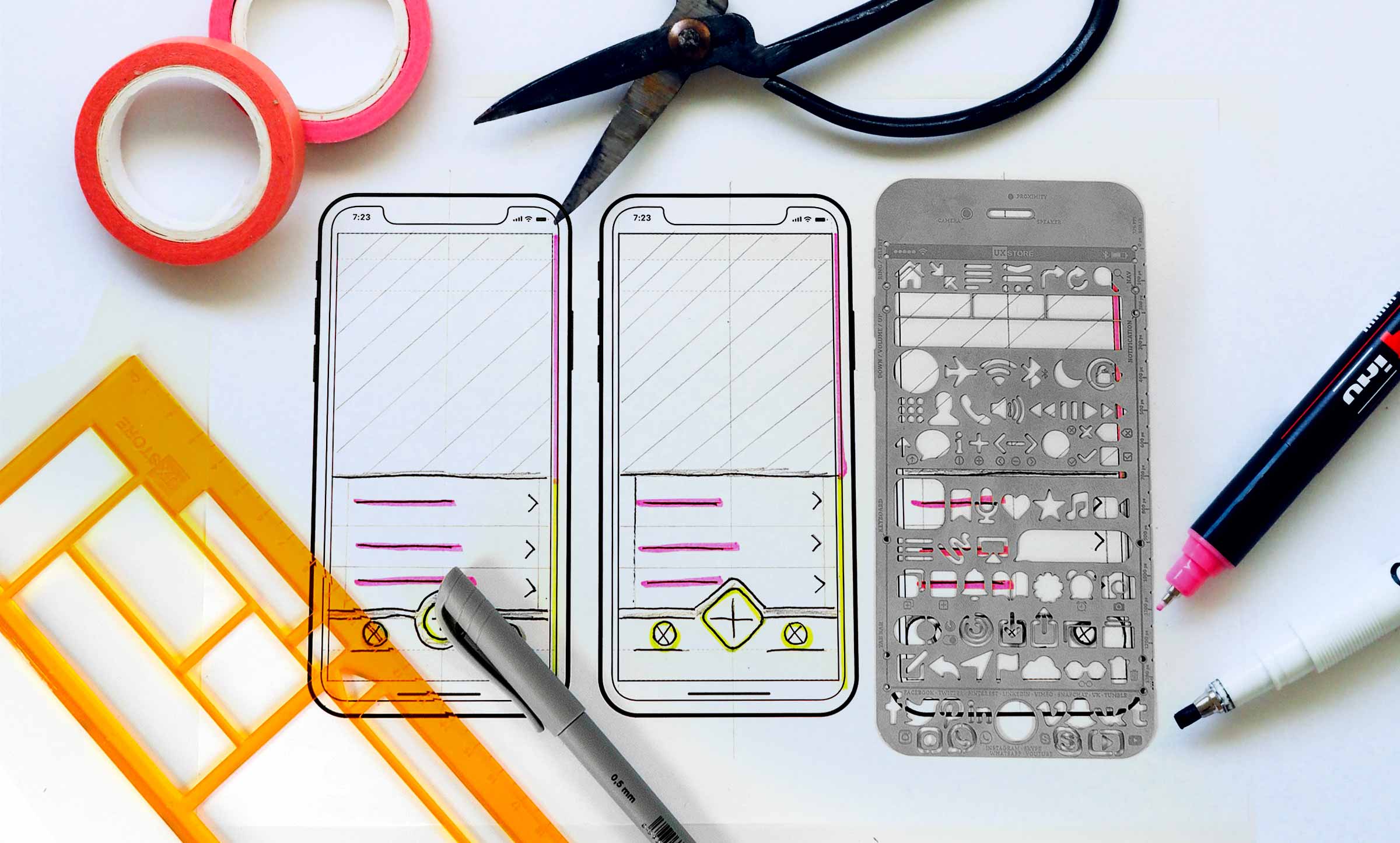UX Doesn’t Just Belong to the Experts
4 min read
User Experience principles are simple to grasp but hard to execute consistently. This is especially true when you’re being buffeted by the winds of budget and time constraints, stakeholder imperatives, and strong personalities with conflicting ideas. In the high-pressure atmosphere of development, you need a compass pointing true north, to a digital product your users will find invaluable and love to use.
Everyone Can Do UX
If you hope to end up at the right product without driving off the road or running out of budget, you should be encouraging everyone in your organization to practice UX—even if they aren’t experts. Practicing UX doesn’t require investing in expensive courses or multiple new hires. Even on a shoestring budget, even with zero experience, you can improve the user’s experience.
Prioritize users and their needs.
There’s no way around it: if you want to create an exceptional product that works for users, you must focus on them. And you will need to maintain this focus at every step of the way, not just at convenient intervals or during regularly scheduled check-ins. This requires making an unwavering commitment to empathy and excellence. Everything starts with this commitment, and anyone can make it. Even if you have zero practical knowledge about how to serve users, you’ll still be miles ahead of everyone else just by committing to putting them first.
Talk to real users.
Before you can build a better digital product for your users, you must know your users: who they are, how they will be using your site or app, and under what circumstances. For this reason, it’s crucial to invest in early user research to build a solid foundation of understanding.
A great, low-cost way to get to know your users is by creating personas, which are fictional characters representing each of your user types. Good personas go beyond mere demographics to reveal user goals, needs, tasks, and frustrations. For this reason, you should always enlist your actual users to create personas based on the real tasks they need to accomplish. All it takes is pen and paper and dedicated time. Observe users as they try to accomplish tasks. Talk to them to learn exactly what they need. Let them literally create their own persona.
We’ve said it before: Made-up personas don’t work. If you invent a persona, based on your own limited understanding and biases, you’ll end up with an unprofitable digital product that fits your needs and not your user’s.
When in doubt, invoke the user.
Anytime an idea is introduced, or a change suggested—whether by stakeholder or developer, expensive or inexpensive, easy to implement or not—pause to consider your users. Invoke them by name (as we do often).
“Is this pop-up something that John, novice user, just trying to do his taxes at the last minute, needs to see right now?” John will be quick to give a resounding “no,” showing you the clear way forward to digital product excellence.
Develop the habit of testing concepts by first considering the user in the context of a realistic scenario. This will help you quickly discard ideas that seem great in the abstract but would ultimately prove disastrous. Filtering possibilities through the lens of your users will also push you to find brilliant alternatives and practical long-term solutions, setting you apart from competitors who settle for most obvious answer and products that won’t stand the test of time (or user feedback).
Share insights often and widely.
Once you have access to powerful user personas and other key user insights, don’t make the mistake of filing them away. Share them with every single person who will have a hand in your digital product. This includes product managers, stakeholders, marketing, writers, designers, developers, interns… everyone. Knowing actual user needs and tasks is crucial for creating empathy for the real people who will be using your product.
Encourage cross-discipline awareness.
Maslow’s hammer states, “If the only tool you have is a hammer, you tend to see every problem as a nail.” This is especially true for teams who work in isolation, without critical feedback from other disciplines. If a technical problem comes up, a developer will approach it with a technical solution in mind, ensuring the product works in terms of pure function. But who is it working for if other aspects are compromised?
You need a cross-disciplinary focus on users as real people who do real things. As your team works collaboratively, every conversation they have—every critique they offer, every decision they make—should be anchored in a shared concern for serving the user. Rather than valorizing design-first thinking or dev-centered practices, everyone should be working toward the common goal of an amazing, easy-to-use digital product.
Everyone Contributes to UX
The truth is, even if your team doesn’t “do” UX, their decisions will still contribute to the user’s experience with your digital product, for better or worse. However, it doesn’t take a lot of resources or expertise to start making smarter, user-centered decisions. With practice, everyone can make a consideration for users a regular part of their daily processes and conversations. This will go a long way to steering your team toward a successful digital product your users will love. The best thing you can do to start “doing” UX? Start thinking about the user. Fumble, fail—but start.





